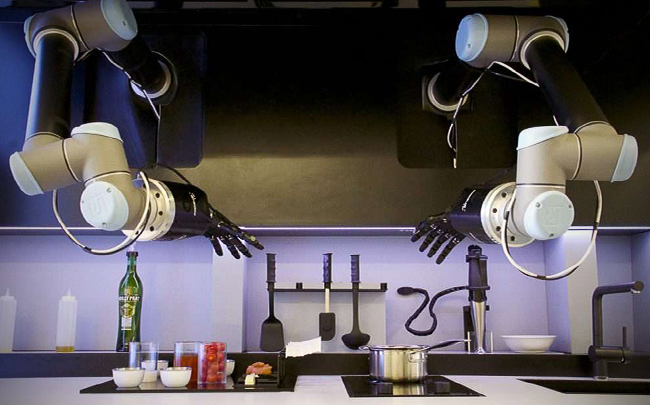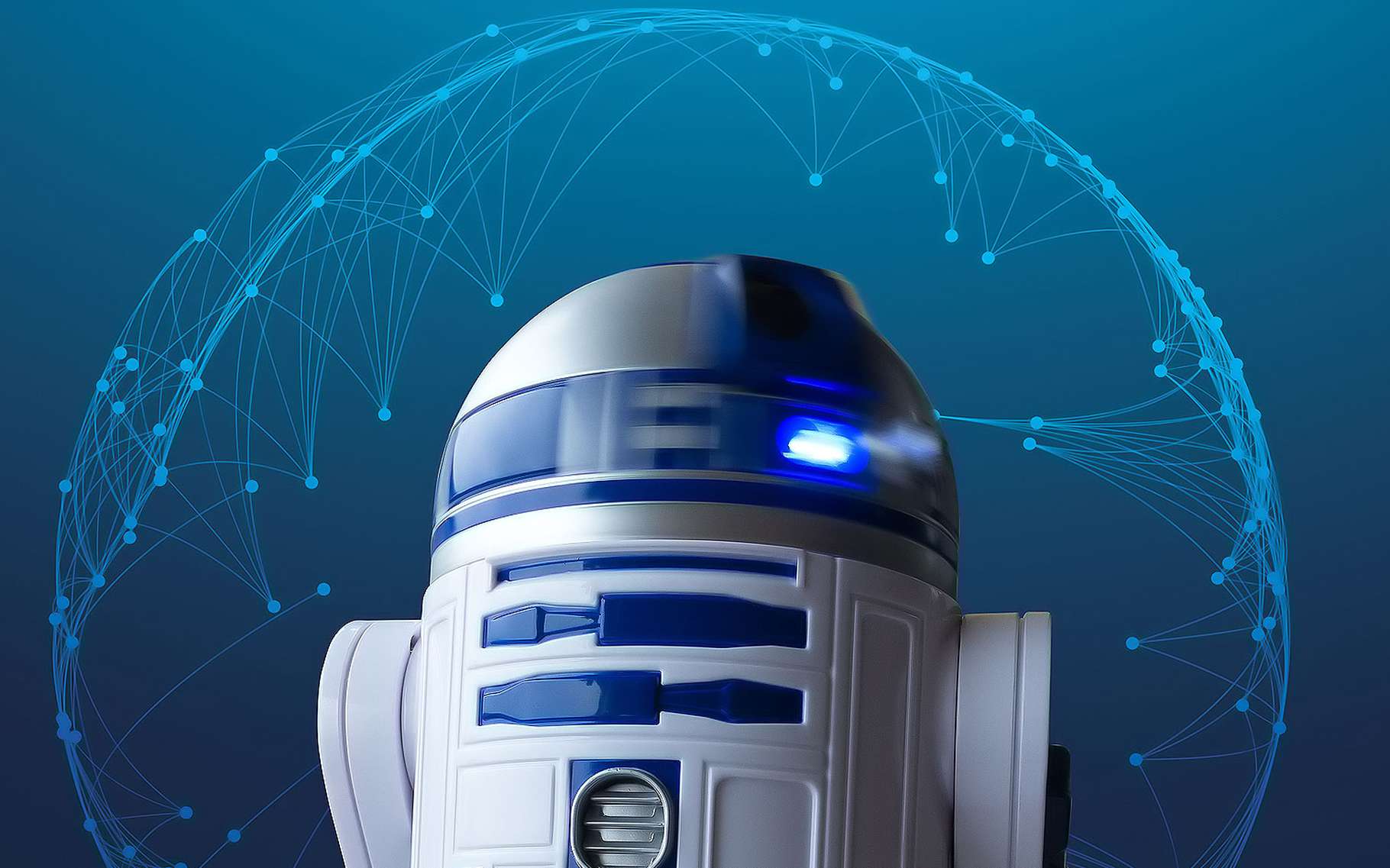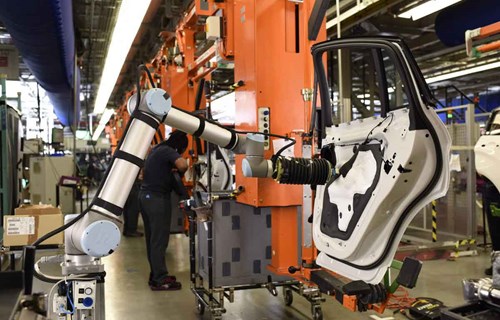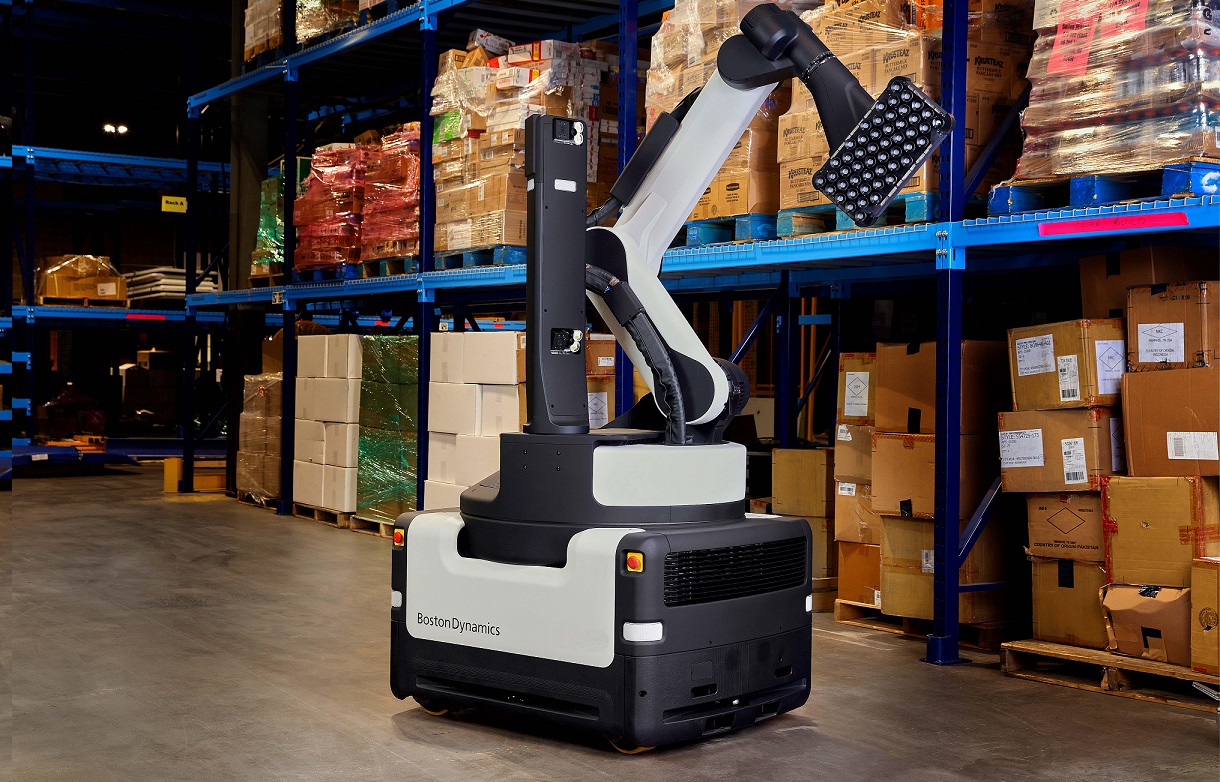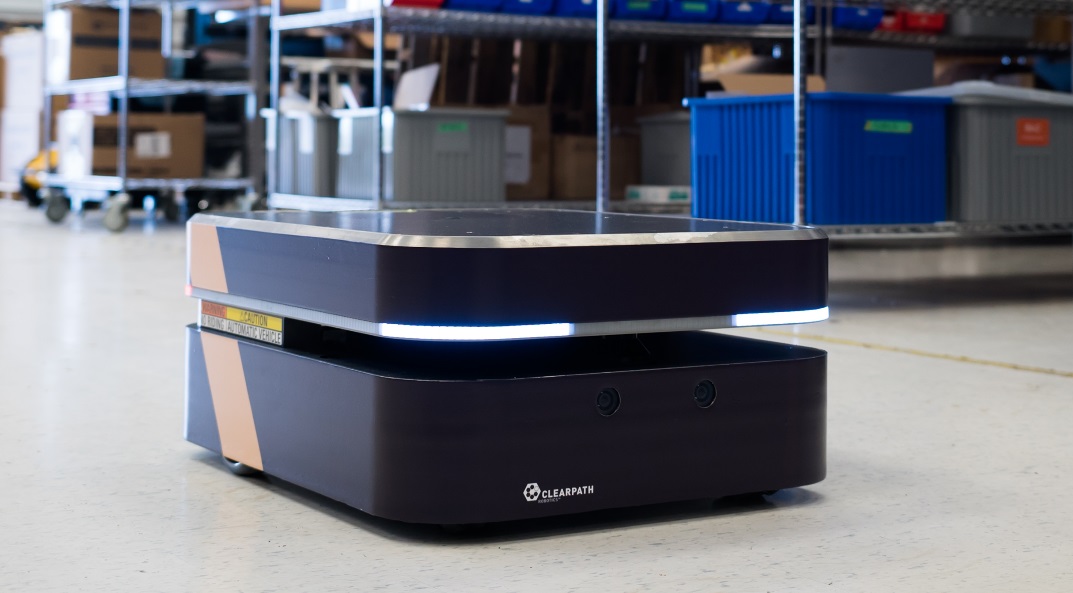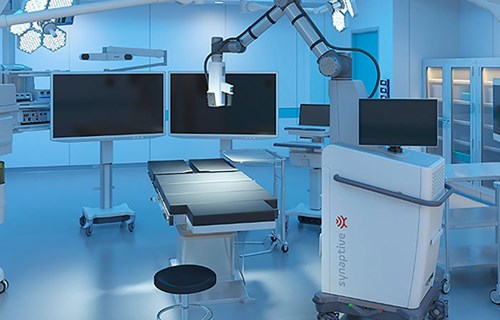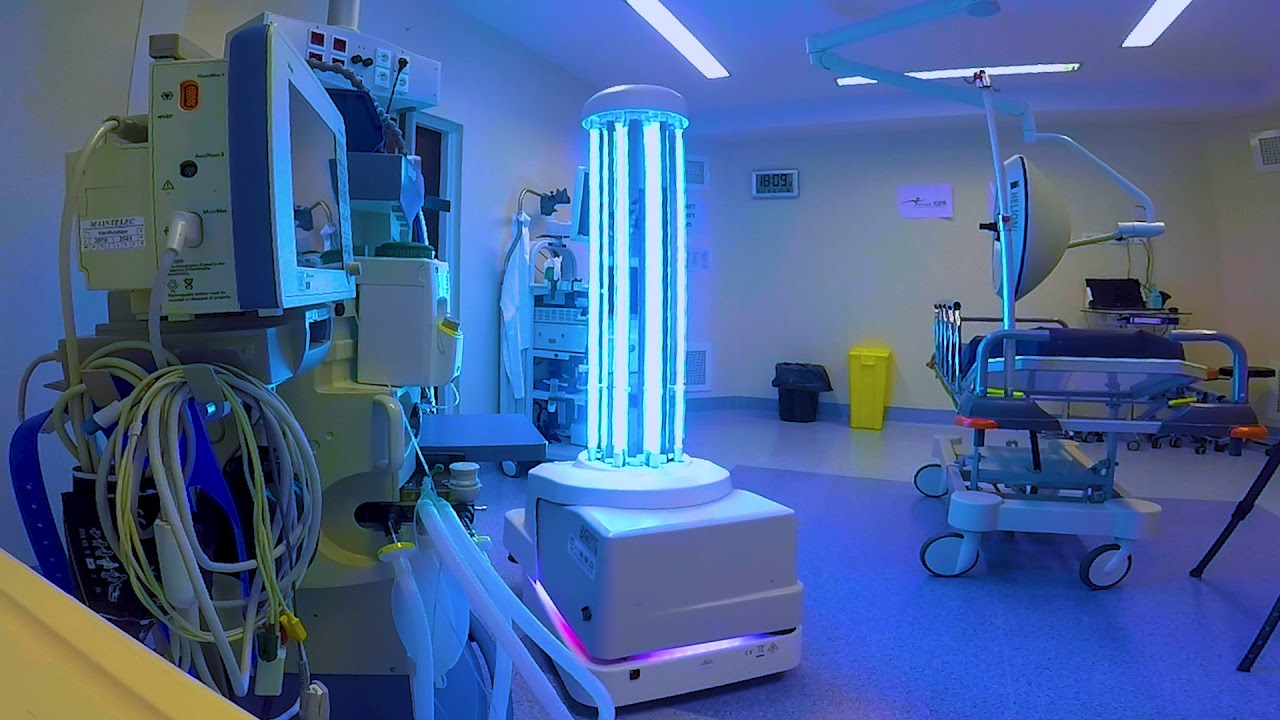Automation and robotics have dramatically transformed global industry, and North America has been no exception to this technological revolution. Over the years, robots have come to dominate many sectors, from manufacturing to healthcare to public spaces. These trends are set to continue and intensify, paving the way for new opportunities and challenges for businesses and society as a whole.
Continued growth in industrial automation
North America has long been a world leader in industrial automation, and this trend will continue in 2023 and beyond. Companies will seek to increase their competitiveness by adopting industrial robots to automate repetitive and hazardous tasks, enabling workers to concentrate on higher value-added tasks. Collaborative robots will also play a key role in this growth, working alongside humans to improve productivity and safety on production lines.
In the Canadian automotive industry, companies such as Magna International have already adopted advanced industrial robots to automate key production steps, boosting productivity while maintaining high quality standards.
The U.S. aerospace industry is making increasing use of robots in aircraft manufacturing and assembly, resulting in reduced production costs and improved efficiency.
Increased integration of artificial intelligence
In 2023, artificial intelligence (AI) will play an increasingly important role in robotics in North America. AI-powered robots will be able to make autonomous decisions based on their environment and adapt to changing situations. They will also learn new tasks using machine learning techniques, making them more versatile and adaptable.
Canadian robotics technology companies like Kinova Robotics are developing advanced robots with machine-learning capabilities, which can be used in a variety of environments, such as assisting disabled people or helping the elderly.
In the logistics sector, companies like Boston Dynamics have designed intelligent handling robots that can autonomously navigate warehouses, sort packages and interact with workers to improve operational efficiency.
The rise of collaborative robots
Collaborative robots, also known as cobots, are designed to work closely with humans, sharing the workspace safely and productively. Their adoption will increase further in North American factories and work environments. Cobots will help improve human-machine interaction and facilitate the implementation of robotics in sectors previously inaccessible to traditional robots.
A Canadian company, Clearpath Robotics, is renowned for its collaborative robots that help warehouse workers move heavy loads safely, reducing the risk of injury and improving efficiency.
Cobots are used in the US healthcare sector to assist surgeons in delicate procedures, which can lead to more precise operations and shorter hospital stays for patients.
Robots in healthcare
The North American healthcare sector will also benefit from advances in robotics to improve care and the efficiency of medical services. Robots will play an essential role in delivering medicines and supplies to patients, assisting surgeons and providing physical rehabilitation.
Canadian hospitals have adopted telepresence robots to enable doctors to consult patients remotely, reducing travel and improving access to care in remote areas.
Autonomous robots are used in some American hospitals to disinfect rooms, reducing the spread of nosocomial infections and improving patient safety.
Service robots in public spaces
Service robots will play an increasingly important role in public spaces across North America in 2023. These robots will offer assistance and information to visitors, while performing maintenance and cleaning tasks to keep public places clean.
Canadian shopping malls have adopted service robots to guide customers to stores, provide information on current promotions and help pick up litter to maintain a clean environment.
U.S. airports will use robots to facilitate the check-in and security screening process, reducing waiting times and improving the traveler experience.
All in all, the next few years promise to be exciting and promising for robotic trends in North America. With increased adoption of robotics in various sectors, we can expect increased productivity, efficiency and quality of life, but also new challenges that will need to be met responsibly and proactively. Robotics will continue to transform our society and economy, and it will be essential to seize these opportunities with wisdom and benevolence for a harmonious future between man and machine.

